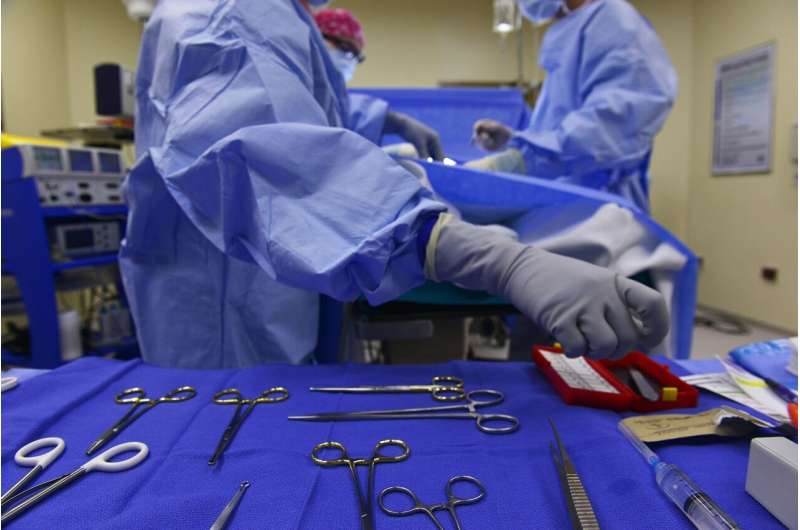Innovative Bioprinted Spinal Disks Pave the Way for Advanced Back Pain Treatments

Innovative bioprinting of human spinal disks offers new avenues for understanding and treating back pain, providing realistic models to improve regenerative therapies.
Scientists at the University of Manchester have made significant progress in the field of regenerative medicine by developing functional human spinal disks using advanced 3D bioprinting technology. This breakthrough aims to enhance our understanding of back pain and the mechanisms behind disk degeneration, potentially leading to improved therapies.
Led by Dr. Matthew J. Kibble, the research utilized cutting-edge bioprinting techniques to replicate the complex structure and environment of native spinal disks. The process involved designing detailed digital models based on human anatomy, which were then materialized layer-by-layer using bioinks containing living cells and biological materials such as collagen and alginate derived from seaweed.
The study, published in Acta Biomaterialia, found that tissue stiffness and oxygen levels critically influence the production of key biological substances like collagen and hyaluronic acid by human disk cells. These insights are crucial for understanding how degeneration occurs and for framing strategies to prevent or reverse it.
Bioprinting employs a method similar to traditional 3D printing but uses cell-friendly gels instead of plastics, enabling the creation of complex, organ-mimicking tissues. The bioprinted disks were stored under precisely controlled conditions to allow the cells to mature and develop their biological functions, simulating real biological tissues.
According to Dr. Stephen M. Richardson, this research marks a step toward automated production of realistic organ models, which can elucidate the root causes of disk degeneration and inform regenerative treatments, including stem cell therapies. While fully functional, transplantable organs remain a future goal, these models are invaluable for research and testing.
The study focused on the two primary cell types in spinal disks: nucleus pulposus and annulus fibrosus cells. Future developments aim to incorporate cells from healthy, young disks and stem cells or gene-edited cells to advance the modeling of health and disease states, fostering new approaches for back pain treatment.
Dr. Kibble emphasized the potential impact, noting that over 600 million people globally suffer from lower back pain. His team’s bioprinted disk models offer a promising platform for exploring biological processes and developing innovative therapies, significantly accelerating research and potential clinical applications.
Stay Updated with Mia's Feed
Get the latest health & wellness insights delivered straight to your inbox.
Related Articles
Collaboration of Experts and Patients to Enhance Informed Consent in Surgery
A groundbreaking collaboration between experts and patients introduces a comprehensive guide to improve informed consent procedures in innovative and high-risk surgeries worldwide.
FDA Approves Widaplik Polypill for Hypertension Treatment
The FDA has approved Widaplik, the first triple-combination pill for initial hypertension treatment, offering improved blood pressure management with diverse dosing options.
Advancements in Machine Learning and Big Data Transform Academic Medicine
Recent studies from Cedars-Sinai highlight how machine learning and big data are revolutionizing academic medicine by improving research accuracy and patient safety through innovative data analysis and privacy techniques.
Innovative Algorithm Uses Fluid Dynamics to Predict Glioblastoma Spread
A groundbreaking algorithm utilizing fluid flow dynamics offers promising advancements in predicting the spread of glioblastoma, guiding more precise surgical and therapeutic interventions.



